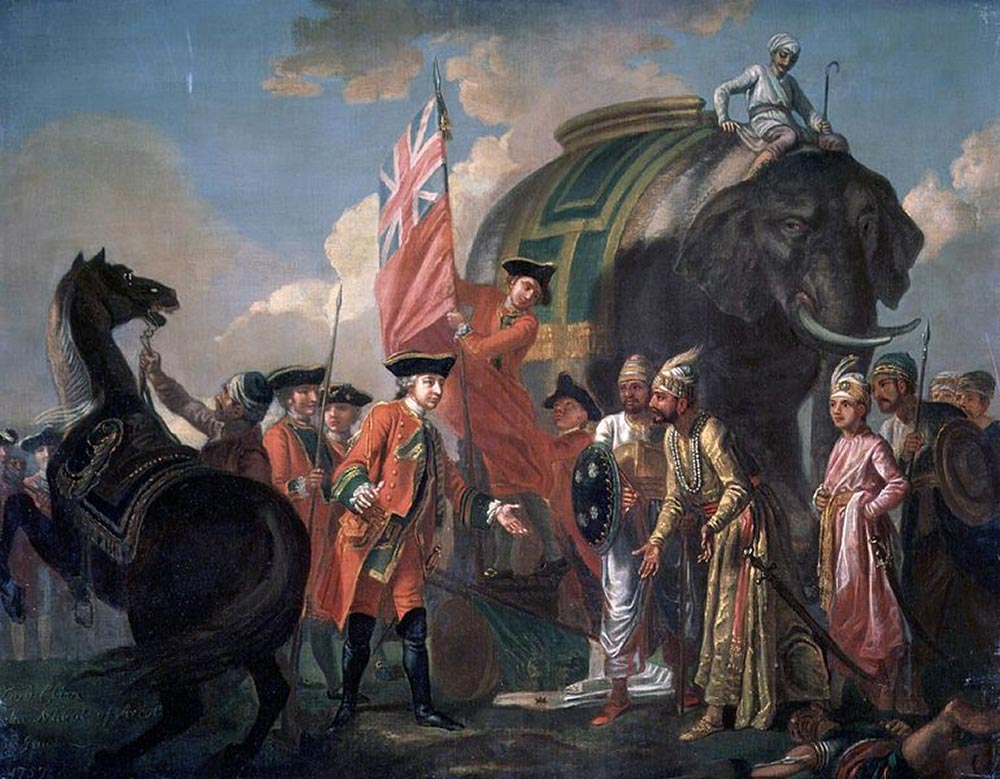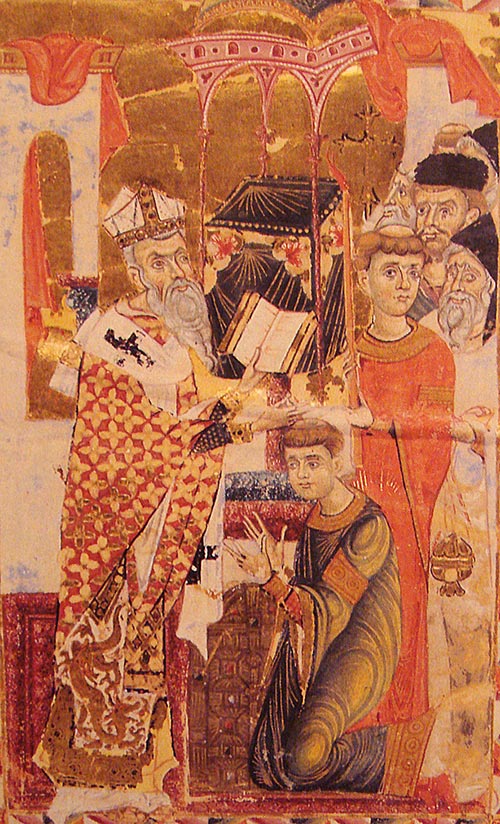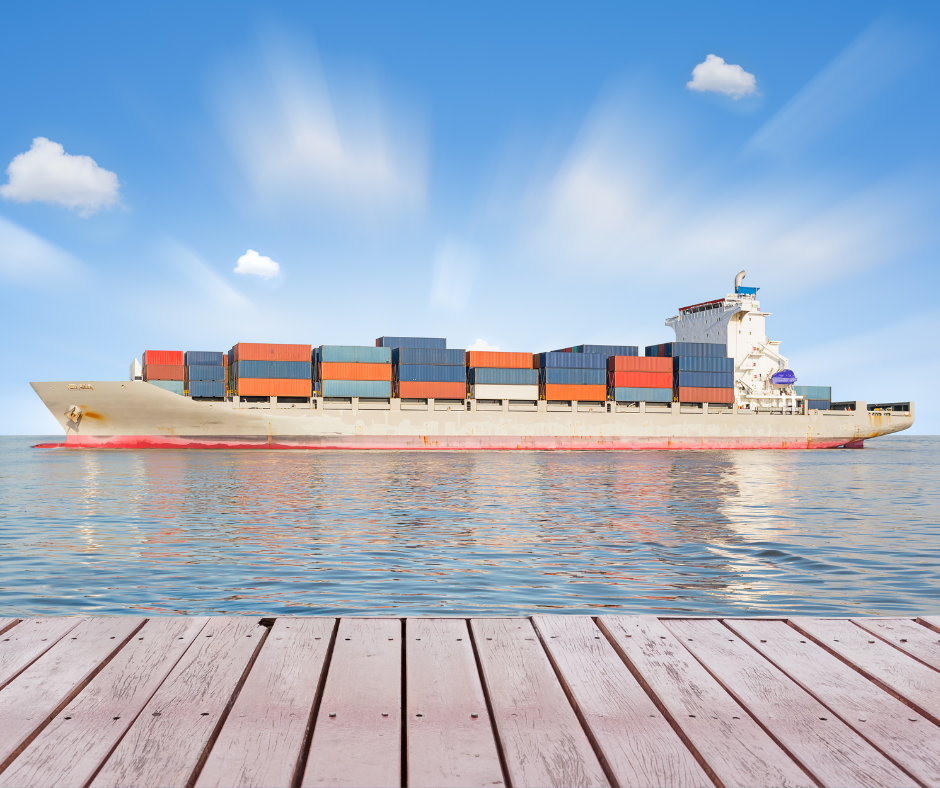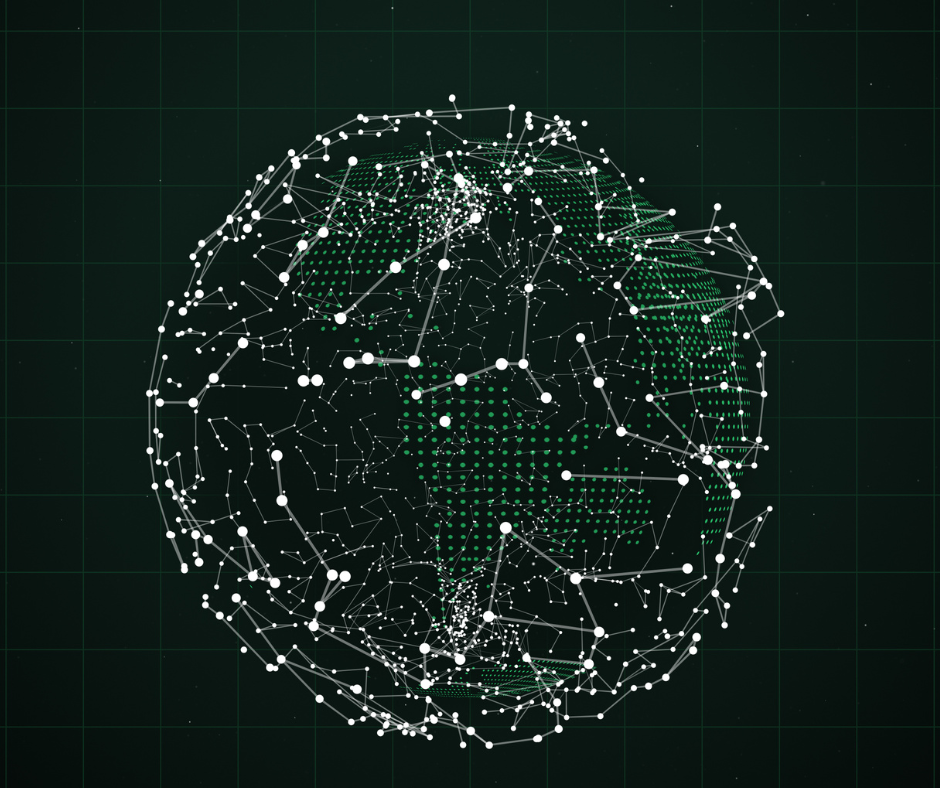
Today, the marvels of trade connect imports and exports all over the world in an incredible network that helps sustain the lives of billions of people.
However, despite its modern day dominance, the seeds of world trade were actually sown far in the past – in empires that once ruled the world.
1. The Roman Empire – 27 B.C. to 393 A.D.
The Roman Empire was one of the largest and most illustrious empires of all time. In its prime, it stretched from Spain to Arabia, ruling large sections of Europe, and parts of Africa and the Middle East. This empire put practices into effect which helped trade flourish within its borders.
For example, the ancient Romans recognized the logistical importance of the Mediterranean Sea. Realizing that it allowed access to many different countries and waterways, they established trade routes throughout the area. The Mediterranean Sea is still heavily used in trade today.
In order to improve the efficiency of their water-based trade, the Romans built lighthouses, safe harbors and docks for loading and unloading ships. By doing this, the Romans created safety and efficiency concepts for sea transport that have been used consistently for thousands of years.
The Romans also realized that they could more effectively grow their economy if they specialized in producing certain goods and traded them for items that other countries were better able to produce.
The Romans therefore produced and exported wine, pottery, olive oil, and papyrus. In exchange, they imported iron, timber, corn, leather, spices, and many other goods.
They frequently traded with Spain, France, the Middle East and North Africa, effectively creating large scale import and export markets.
The Romans were also great architects and, with their construction projects, laid the foundation for logistical innovations that are still commonly used.
For example, the Romans constructed elaborate aqueducts and manmade paths used to allow water to flow for miles from its original source into cities.
This is essentially where the concept of modern day pipelines was born.
Nowadays, pipelines are used to transport water, oil, natural gas, etc., for thousands of miles, all over the world.
The Romans also built a great harbor at Ostia, which was a city about fifteen miles away from Rome. This harbor was essentially used as a massive distribution center.
In modern times, distribution centers are used in exactly the same way that Ostia was used; to organize imports and exports and prepare them to be shipped to their final destinations, which are often major cities, like Rome.
2. The Mongolian Empire – 1206 A.D. to 1368 A.D.

(1260-1294)
The Mongolian Empire controlled most of Asia, and parts of the Middle East and Eastern Europe. Despite the fact that this empire existed more than six hundred years in the past, it put into place trade principles which are still used today.
For example, the Mongolians implemented a strong currency that was accepted throughout its empire. This promoted trade by providing consistency to monetary dealings.
This currency set the path for those such as the dollar and the Euro that are accepted through wide areas of the world at the present time.
The Mongolians also constructed a massive postal system thought their whole Empire. By doing so, they encouraged shipping and communication, which they realized helped trade to flourish.
Due to the fact that the Mongolians viewed trade as critical to the maintaining of their empire, they implanted certain political policies geared towards encouraging trade.
First, they created a free trade zone in their empire. The free trade zone highly encouraged merchants to expand their businesses and keep products moving from place to place.
Next, they implemented legislation called the “Pax Mongolica,” which was essentially a peace treaty designed to prevent interstate military conflicts within the empire.
Also, they heightened the social status of craftsmen in their empire, and gave them tax breaks, because they recognized the critical importance of craftsmen for promoting trade.
Finally, the Mongolians went about building roads and otherwise tried to improve logistics so that supply chains could flow through the empire uninterrupted.
Many of these policies directly correlate to things that occur in the present time. For example, agreements such as NAFTA help to promote trade cooperation between nations.
There also are deliberate peace keeping entities such as the United Nations and the World Trade Organization, who work to promote peace and justice in order to help countries maintain positive relations, including trading relations.
Many areas have free trade zones and tax breaks for certain imports and exports. And finally, highways, bridges, ports, and other structures are constantly being built to improve supply chain efficiency.
So, despite the fact that the Mongolian Empire disintegrated several hundred years ago, many of their ideas, particularly politically, were ahead of their time, and have continued to flourish into the modern day.
3. The British Empire – 1689 A.D. to 1901 A.D.
There was a saying that “The sun never set on the British Empire,” as Britain’s territories included Australia, Canada, parts of the Caribbean, and many other areas around the world.
Prior to the British Empire, no country or empire had so effectively used naval power to influence the growth of its economy and global power. The British Empire built a massive fleet of ships that it used to sail around the world, even forming some of the first colonies in America.
The success of Britain’s sailing fleet inspired many other nations to construct vast fleets of their own.
So by building and using transoceanic ships on a large scale, the British set the path for companies like Maersk, who would eventually come to dominate transoceanic sea transport.
Britain used its ships to connect products to whole new markets. For example, it got rubber and tea from India, tobacco from its colonies in Virginia, and sugar cane from Barbados.
To this very day, Britain is still a massive importer of tea. In fact, in 2012, the United Kingdom imported around one hundred and forty five million kilograms of tea.
Britain was also one of the first countries to go through an industrial revolution, which meant that it was able to trade industrial products for agricultural products. For example, Britain could trade iron, coal, and clothing, and in return get cotton, spices and other food products.
This exchange of agricultural goods for industrial and now technological goods is still currently very popular. For example, the United States exports a large amount of wheat and corn to other countries, and in return they import machines and electronic devices.
The dawn of the British industrial revolution also allowed Britain to use steamships to carry out trade. However, due to the use of coal to generate the steams for steam ships, Britain recognized that it needed coaling stations along its supply lines. So it built harbors in critical areas like Guinea and Cyprus where ships could refuel.
Building such harbors paved the way for many similar infrastructure and supply line construction projects over the past few hundred years to generate strategic ports. One of the most famous of these is Pearl Harbor, a critical U.S. military base in the Hawaiian Islands.
Because the British Empire was spread all across the globe. Britain also laid metal cables across the oceans in order to promote communication. This revolutionized intercontinental communication. Prior to this, ships carrying letters were the only way for countries to communicate with each other across oceans.
Nowadays, intercontinental communication can be done easily with telephones and computers. But it was really the British submarine cables that began speedy communication across oceans.
Which other empires do you think had significant impact on global trade?








Super Empire State building and your country